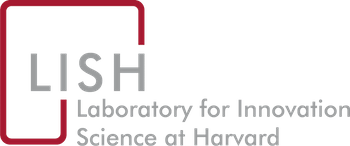Karim R. Lakhani, Yael Grushka-Cockayne, Jin H. Paik, and Steven Randazzo. 10/2021. “
Customer-Centric Design with Artificial Intelligence: Commonwealth Bank”.
Publisher's VersionAbstractAs Commonwealth Bank (CommBank) CEO Matt Comyn delivered the full financial year results in August 2021 over videoconference, it took less than two minutes for him to make his first mention of the organization's Customer Engagement Engine (CEE), the AI-driven customer experience platform. With full cross-channel integration, CEE operated using 450 machine learning models that learned from a total of 157 billion data points. Against the backdrop of a once-in-a century global pandemic, CEE had helped the Group deliver a strong financial performance while also supporting customers with assistance packages designed in response to the coronavirus outbreak. Six years earlier, in 2015, financial services were embarking on a transformation driven by the increased availability and standardization of data and artificial intelligence (AI). Speed, access and price, once key differentiators for attracting and retaining customers, had been commoditized by AI, and new differentiators such as customization and enhanced interactions were expected. Seeking to create value for customers through an efficient, data-driven practice, CommBank leveraged existing channels of operations. Angus Sullivan, Group Executive of Retail Banking, remarked, "How do we, over thousands of interactions, try and generate the same outcomes as from a really in-depth, one-to-one conversation?" The leadership team began to make key investments in data and infrastructure. While some headway had been made, newly appointed Chief Data and Analytics Officer, Andrew McMullan, was brought in to catalyze the process and progress of the leadership's vision for a new customer experience. Success would depend on continued drive from leadership, buy-in from frontline staff, and a reliable team of passionate and knowledgeable data professionals. How did Comyn and McMullan bring their vision to life: to deliver better outcomes through a new approach to customer-centricity? How did they overcome internal resistance, data sharing barriers, and requirements for technical capabilities?
